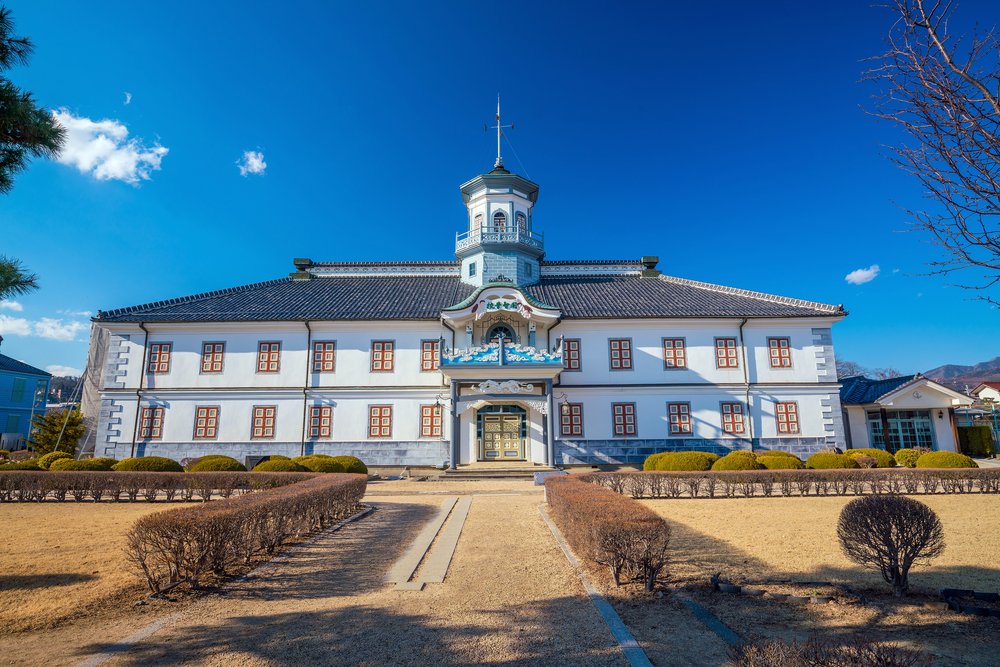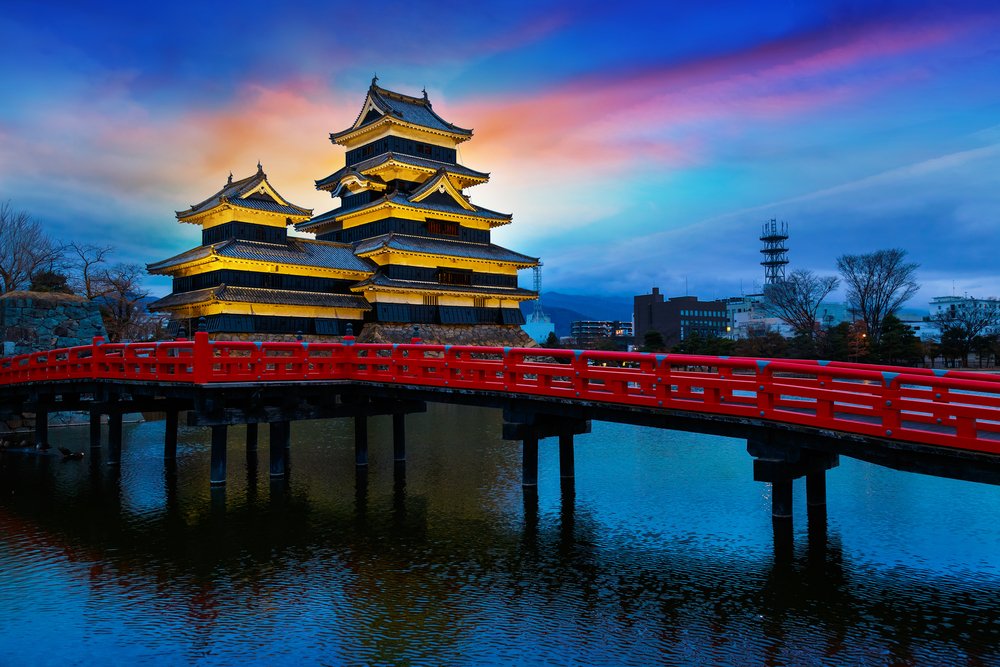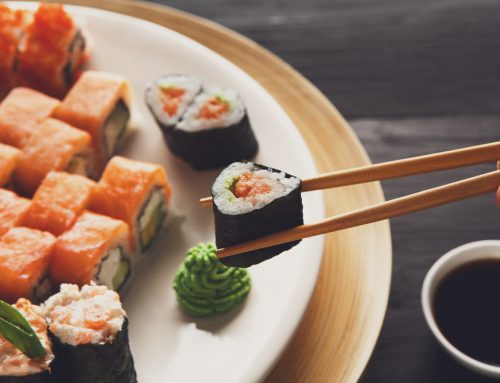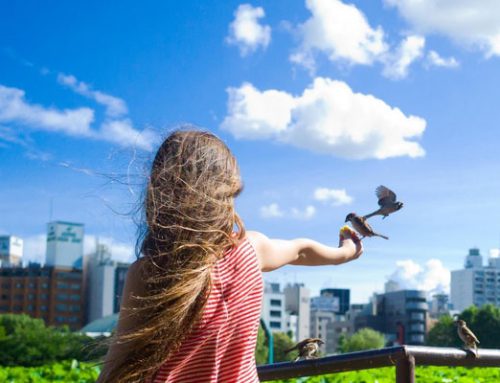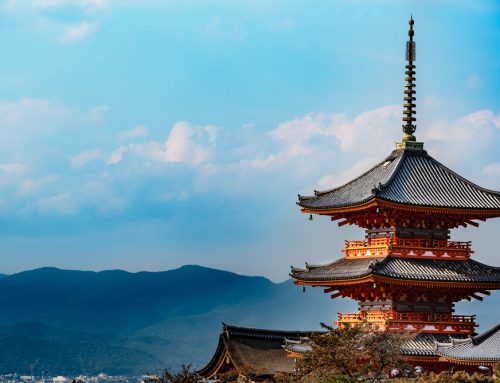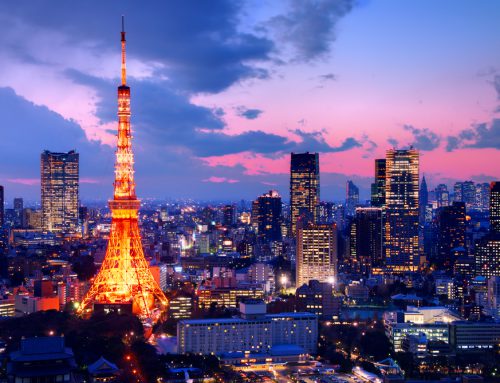Matsumoto is a popular tourist city in Nagano Prefecture, largely because of the Matsumoto Castle, which is one of the country’s most stunning original castles.
How to get there
From Shinjuku Station, I boarded the Limited Express Super Azusa train that took me to Matsumoto Station in about two and a half hours. The trip was covered by my Japan Rail Pass.
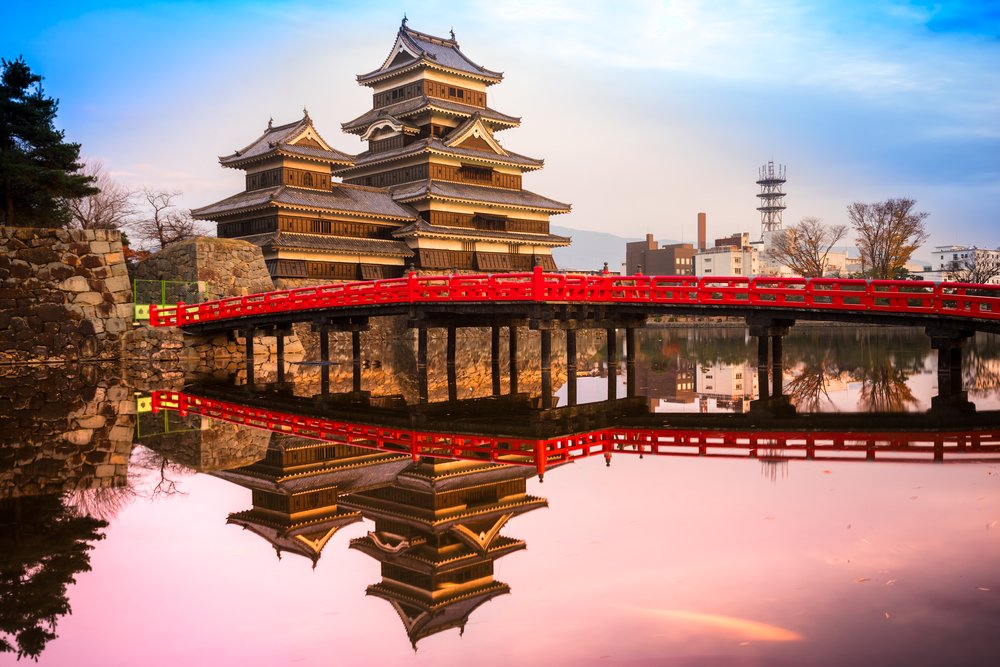
How to get around
Because the weather was nice, I chose to go on foot from Matsumoto Station to the castle. It was an amazing stroll as I got an opportunity to take in the city’s vibe — a seamless fusion of both modern (concrete buildings and malls) and traditional (old Japanese houses).
Finding my way to the castle was easy, thanks to the sign posts and maps available every few hundred metres. After about 15 minutes of walking, I finally spotted the familiar curled tile roof common to Japanese castles.
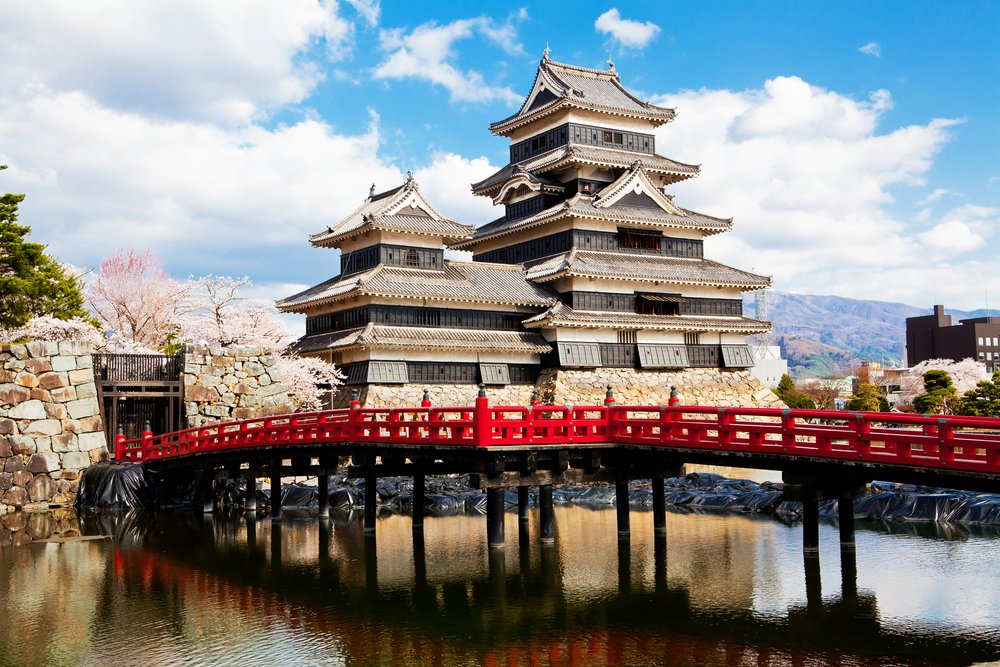
What to see
Matsumoto Castle
I have read everywhere that Matsumoto Castle is one of Japan’s most beautiful, complete and original castles and, upon seeing it up close, I had to agree wholeheartedly.
Even from afar, it completely caught all my attention, its black and white façade standing mightily over a well-kept moat, surrounded by a pretty garden.
Today, the castle is a museum that features paintings, wood carvings, weapons, and other artifacts. I paid 610 yen for entrance and was treated not only to these fascinating exhibits but also to the castle’s old but sturdy structure — narrow and high staircases, thick columns and foundations, and wooden floors and windows.
The castle grounds were also a treat as they were home to different kinds of trees and flowering plants.
Nakamachi District
After exploring the Matsumoto Castle and grounds, I checked out the Nakamachi District, an area where the old merchant district was situated. I was impressed with how great the old warehouses looked despite their age, and I found out that many of them now operated as restaurants, ryokan and shops.
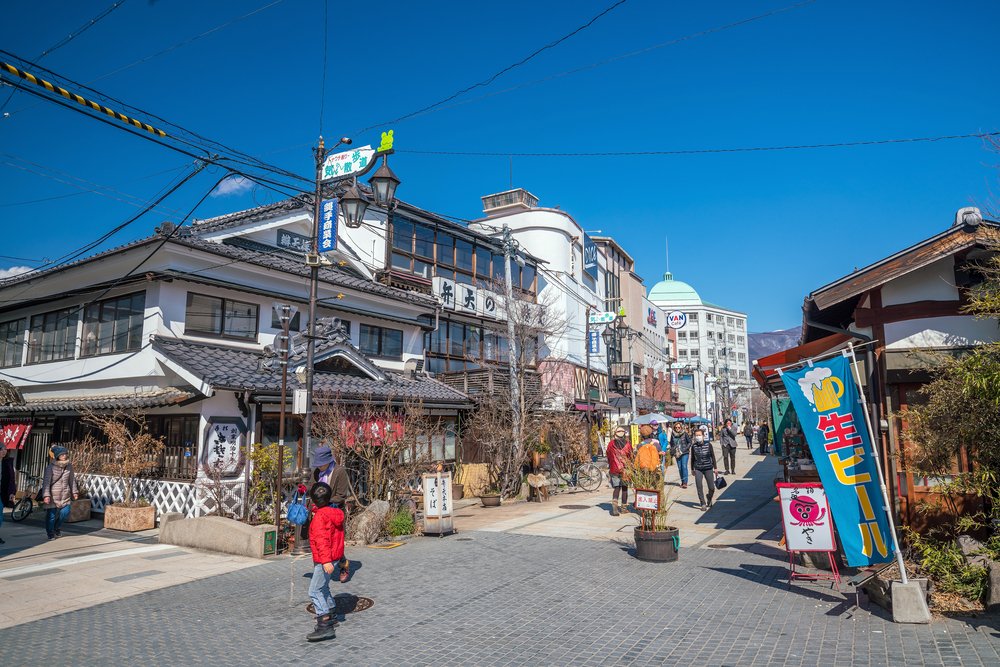
f11photo – Shutterstock.com
Kaichi School
I also visited the old Kaichi School building, one of Japan’s oldest elementary schools, just a kilometre away from the castle. Its Western-influenced design really stood out, but it had a few Japanese elements that I noticed upon close scrutiny, such as the Japanese-style roof over the main entrance and the dragon carvings. I paid 500 yen for entrance to the museum that featured old artworks, chairs and tables, and other educational and historical artifacts.
